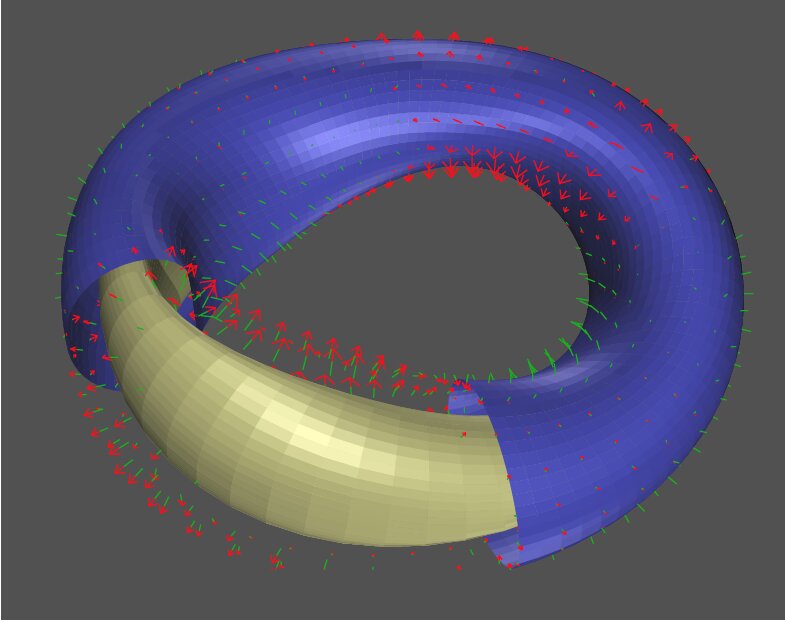|
In this critical time, our Story #1 offers a
glimmer of hope which has emerged from our files for those
desiring some extra biological protection from viral infections,
such as the latest coronavirus. While copper surfaces and copper
bracelets that release copper ions have not been clinically
tested on this most recent virus, there is ample evidence to
defend their use as a bioprotective measure. Dr. Ahern informs me
of his research explaining the biophysics of copper or silver
ions in solution, creating an altered frequency spectrum that
helps either one act as a wide spectrum biocide. Since we
use colloidal silver nose spray or colloidal
copper (also recommended as a protective measure from Amazon ),
my favorite bracelet is a twisted version of copper and sterling
silver wire, both from www.surepure.com .
The body will absorb ions from both metals around the clock and
help fight any invading virus or bacteria, especially when you
sweat. We also refer to Frank Shallenberger MD whose
newsletter also offers the time-tested “at-home treatment”
nebulizer-peroxide therapy for those who may already have any
virus, “including the coronavirus”.
Story #2
is great for those who may be housebound and still interested in
energy and the environment. With the New Buildings Institute, we
have a free webinar offered on this coming Thursday, April 2,
2020 at 1-2 PM EDT to educate the public on the embodied carbon
emissions from buildings (materials and the construction
process). As more and more future energy is available to the
market, any new source of energy and its entire chain of
manufacture or generation will become as scrutinized as the term
“organic” is today. The same is becoming true as the building
industry strives toward “zero carbon”. Register today to learn more.
Story #3
has an online map of the locations of 14 East Coast offshore wind
farms that are in active development but only one has been
completed so far, in Rhode Island, for the low yield of only 30
GW. Meanwhile the hundreds and thousands of clean gigawatts from wind still await installation ,
according to the Bureau of Ocean Management. Author Dan Gearino
explores the connection to the latest health crisis and its
reduced effect on the growing wind industry, as seen in the Wind
Energy Forecast graph.
Story #4
is an interesting and almost obvious alternative to the huge
energy input to electromagnets for fusion energy research. Now
the US Department of Energy and others admit the permanent
magnets are a viable and dependable source of very strong
magnetic fields that don’t need constant expenditure of
electricity to power them. Hope to see the next fusion generator
read breakeven soon. We endorse the Lawrenceville Plasma Physics
effort under Eric Lerner’s direction https://lppfusion.com/ as
reported in previous Future Energy eNews.
Story #5
is a good summary of the latest International Energy Agency,
IEA's report, The
Outlook for Biogas and Biomethane. An
optimistic outlook predicts both can sustain a market growth of
40% by 2040. The corporate sponsored Bioenergy Insight news
source for this story is a good resource worth subscribing to
(for free) at https://www.bioenergy-news.com/. They
also report on a wide range of biomass, biogas, and biofuel from
the UK perspective, as well as an interesting “All-Energy
Exhibition and Conference 2020” in Glasgow on September 14-15,
2020. Of course, they advise visiting WHO at https://www.who.int/ to
learn more on how the coronavirus will affect attendance and
international travel, which we do as well.
|
|
1) Copper to Combat Viruses Makes a Comeback
|
|
Copper's comeback could be beneficial for more
than just interior design. Viruses just blow apart on copper!
Using it instead of Stainless Steel would make a great
difference.
|
|
|
|
Copper’s
comeback could be beneficial for more than just interior design.
The
humble doorknob has become a symbol of danger in recent weeks, as
we’ve learned exactly how long viruses can live on
surfaces—COVID-19 can survive for two to three days on stainless
steel, according to unpublished studies. This discovery has also
led to renewed interest in copper as a tool for combating
nasties. Copper and copper alloys like brass, bronze, and
copper-nickel, have long been known to have health benefits—but
did you know these metals are naturally antimicrobial? Some
research has even gone so far as to show that copper kills
certain viruses on contact. Meaning they can’t be transferred to
the next person who touches that copper doorknob. (This type of
contact transmission is thought to be one way the novel
coronavirus is spreading so quickly.) "We’ve seen viruses
just blow apart [on copper]," Bill Keevil, professor of
environmental healthcare at the University of Southampton, told
Fast Company this week. "They land on copper and it just
degrades them."…
Appl
Environ Microbiol. 2011 Feb; 77(3): 794–802.
|
|
|
2) A Call to Action for Zero Embodied Carbon: Free
Webinar
|
|
|
|
NBI is hosting a "Best of the Forum"
series of webinars based on the sessions and topics indicated as
most important to the 2019 Forum survey respondents.
Getting
to zero requires targeting both operating and embodied carbon.
Buildings are responsible for 39% of global carbon emissions–28%
attributed to operational carbon, and 11% to embodied emissions
from materials and construction processes. As the industry
responds to the challenge of eliminating operational carbon
emissions from the energy consumption of buildings through design
improvements and standards and regulations, embodied carbon
becomes even more significant. This session will present a theory
of change with case studies that aim to be zero embodied carbon
discussing the feasibility of building density goals on embodied
and operating carbon and explain the role that building reuse
plays in achieving a zero carbon future. 1 AIA HSW
|
|
3) Wind Energy Surge: Will it be hit by Virus?
|
|
|
|
Science
News.org February 2020
This could
be said for just about any industry, but offshore wind is different
in that it is in a formative stage, with almost no projects up and
running, and more than a dozen in various phases of development
along the East Coast. As a result, the industry faces challenges
much greater than simply pausing work in an established supply
chain. “We see the virus situation slowing everything down,
economywide, and our effort is to try to move these projects ahead
as fast as possible to save the jobs, to keep the people in the
supply chain working,” said Jaime Steve, senior vice president for
policy and programs at the Business Network for Offshore Wind, a
trade group.
|
|
4) Permanent Magnets Could be Answer to Delivering
Fusion Energy
|
|
|
|
Phys.org March 2020
In
principle, such magnets can greatly simplify the design and
production of twisty fusion facilities called stellarators,
according to scientists at the U.S. Department of Energy's (DOE)
Princeton Plasma Physics Laboratory (PPPL) and the Max Planck Institute
for Plasma Physics in Greifswald, Germany. PPPL founder Lyman
Spitzer Jr. invented the stellarator in the early 1950s.
|
|







